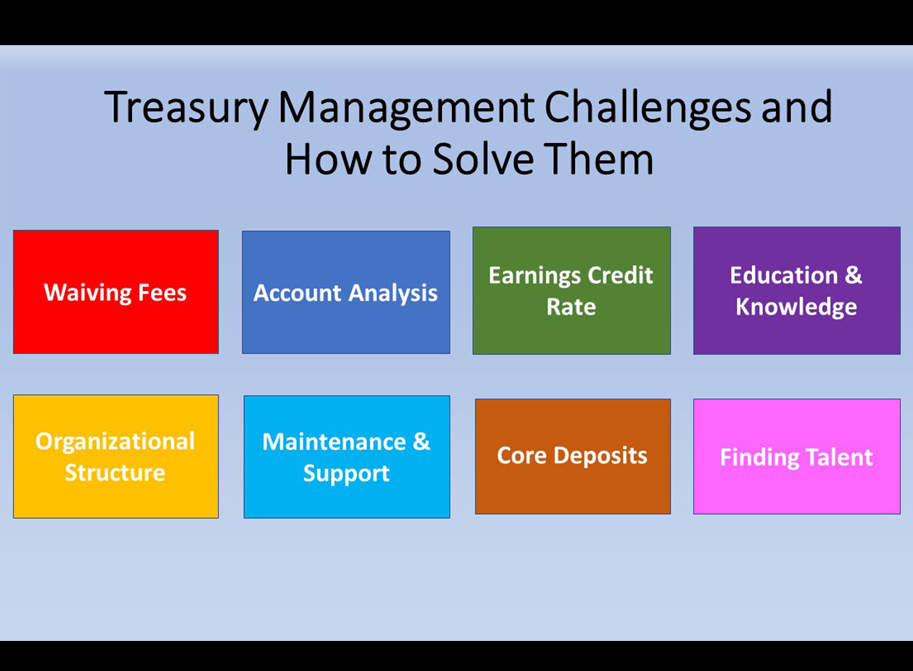
Synthetic Identity Fraud Risk Assessment is a key component of your Enterprise Risk Management risk assessment. Identity theft is not new. In fact, is as old as checks being stolen from a mailbox to apply for credit using the victim’s name or to make purchases using the checks. When conducting an Enterprise Risk Management Risk Assessment, ensure to include this new risk category that I call “Customer and Synthetic Identity Fraud.”
The Federal Reserve formally defines Synthetic Identity Fraud as the use of a combination of personally identifiable information (PII) (Off-site) to fabricate a person or entity in order to commit a dishonest act for personal or financial gain. There are two primary ways your institution could be dealing with Customer Risk:
- Identity Theft: Someone stole another person’s identity.
- Fraudulent Entities: A company is completely fraudulent and conducts business as if they were legitimate.
In the most common way of identity theft, your institution provides banking services such as depository accounts or loans to persons who stole someone else’s identity. They use the Personal Identifiable Information (PII) to open accounts and apply for loans.
Dealing with fraudulent entities is a different matter and they are harder to identify as such. They establish the entire scheme from beginning to end. They organize a company, hire real employees, create fictitious sales and produce Accounts Receivable records—including legitimate invoices. They even pay bills just like any other legitimate company—except it’s all fake. Some employees have no idea they are working for a fictitious organization until the Feds show up at their doors after years of investigation.
Protecting Your Institution from Synthetic Identity Fraud/Customer Risk
So, how does your institution protect itself from these two types of Customer Risk? Below are some questions you should include in your Risk Assessment when assessing “Customer Risk:”
- What other risks are impacted when Customer Risk occurs in your institution? Typically, you may have reputational risk as well as earnings, regulatory, and legal risk.
- What mitigating factors do you have in place? Mitigating factors can be your software solutions to automate the CIP processes.
- Is your BSA Program strong and include robust CIP, KYC, OFAC checks, CDD, and EDD (see key below)? Your BSA Program must include all these elements.
- Do you have an ongoing training program for your employees and how often do you train them? Without the appropriate and timely ongoing training your employees will miss important cues to identify and prevent fraud.
- Do you offer training for your customers? Regulators are increasingly asking institutions to provide some type of identity theft training for your customers.
- Are dual controls and segregation of duties in place for new deposit and loan accounts? For example, one employee opens the account, a second employee makes the deposit, and a third person reviews the core system’s Daily Activity Log?
- Have you implemented a BSA Fraud Software to automate the process? Automation is the trend to avoid the intensive manual monitoring and reporting processes.
- Are procedures in place to monitor kiting suspect activities and filing SARs and CTRs on potential AML activities?
- Do you monitor daily overdrafts regardless of the amount, high risk customers, and mobile banking deposit activity?
- Are monitoring systems in place to alert your employees of potential fraudulent transactions in your customers’ accounts?
As mentioned above, the Synthetic Identity Fraud Risk Assessment is a key component of your Enterprise Risk Management risk assessment. I hope these questions will help you complete a Customer/Synthetic Identity Fraud Risk Assessment. If you need help conducting this type of risk assessment, feel free to reach out to us.
Below is a key to all the acronyms used above for your reference:
- BSA = Bank Secrecy Act
- CIP = Customer Identification Program
- OFAC = Office of Foreign Assets Control
- AML = Anti-Money Laundering
- KYC = Know Your Customer
- CDD = Customer Due Diligence
- EDD = Enhanced Due Diligence
- SAR = Suspicious Activity Report
- CTR = Currency Transaction Report








